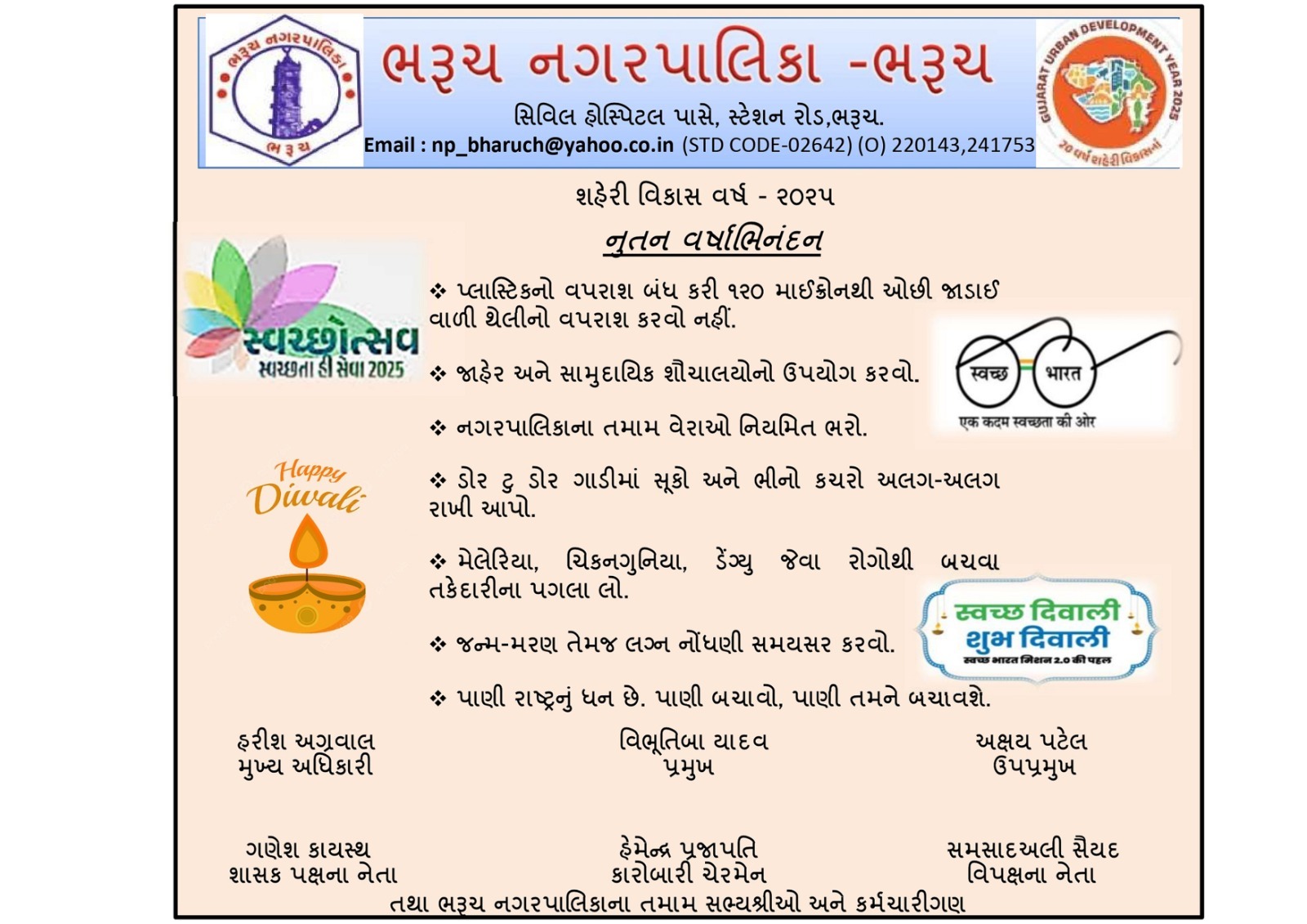/connect-gujarat-english/media/media_files/2024/12/03/mAnZu8ahovswldSbuQHk.jpeg)
As winter rolls in, the chill in the air often brings with it an increase in neck pain, especially in the cervical spine – the part of the spine supporting the neck and head.
For many, stiff necks become an unwelcome seasonal discomfort, exacerbated by colder temperatures. But why does this happen, and how can you prevent it?
Why Winter Triggers Cervical Pain
Cold weather can have profound effects on our bodies, particularly the neck and surrounding muscles. Here are the primary reasons for this discomfort:
1. Cold-Induced Muscle Rigidity: The chill causes neck muscles and soft tissues to contract, reducing flexibility and causing stiffness. This is especially troublesome for individuals with conditions like cervical spondylosis.
2. Postural Hazards of Winter Gear: Heavy scarves, hooded jackets, or improperly worn winter accessories can misalign the neck, leading to undue strain on the cervical spine.
3. Reduced Physical Activity: Limited outdoor activities during winter can weaken neck-supporting muscles, leading to poor posture and increased pain.
4. Stress and Tension: Cold weather often leads to muscle clenching and psychological stress, both of which can contribute to neck pain.
5. Increased Nerve Sensitivity: Low temperatures can heighten nerve sensitivity, making existing neck pain feel more severe.
Preventing Cervical Spine Pain in Winter
The good news is that simple changes to your routine can help ward off winter-induced neck pain. Here’s what experts recommend:
Stay Warm: Use scarves, thermal clothing, or heated neck wraps to keep the muscles relaxed and prevent cold-induced stiffness.
Stretch Regularly: Perform neck rolls, shoulder shrugs, and other stretches to maintain flexibility and prevent tension buildup.
Mind Your Posture: Avoid slouching during long periods of sitting and ensure your chair offers proper neck and back support.
Prevent Tech-Neck Syndrome: Keep your head aligned with your spine while using devices like smartphones or laptops.
Stay Active: Engage in low-impact activities such as yoga, aerobics, or even household chores to keep your muscles strong and flexible.
Reduce Stress: Practice relaxation techniques like meditation or deep breathing to ease stress-related tension.
Hydrate and Eat Well: Drink plenty of water to keep neck tissues hydrated and consume anti-inflammatory foods to combat joint pain.
Invest in Good Sleep Support: Use pillows that keep your neck in a neutral position while sleeping.
A Healthy Neck All Winter Long
By staying mindful of these simple practices, you can significantly reduce the discomfort of cervical spine pain during the colder months. Stay warm, stay active, and don’t let the chill take a toll on your neck health.
 Follow Us
Follow Us





































